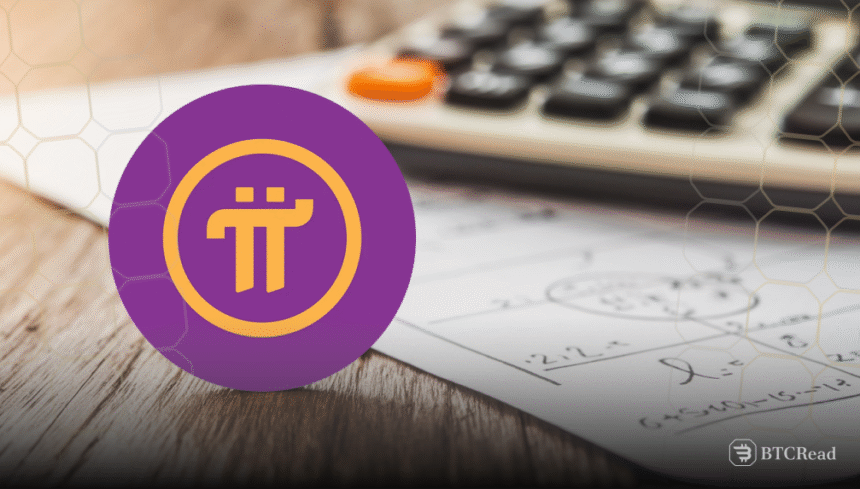Pi Network has launched its formal roadmap for Mainnet migrations. The roadmap outlines an orderly sequence of migration, beginning with initial migrations, moving to second migrations, including referral bonuses, followed by regular, continuous migrations. The phased rollout emphasizes the priorities of the network: equitable and secure migration for everyone.
The initial migrations have already commenced. These comprise confirmed base mining rewards, Security Circle rewards, lockup bonuses, rewards for usage of the utility app, and Node rewards. Pi Network has successfully migrated more than 12 million people, showing high scalability.
Second migrations are up next. These will process referral mining bonuses related to confirmed team members. Following this, regular migrations, either monthly or quarterly, will occur.
The frequency of the migrations is yet to be determined. These migrations will occur regularly once scheduled. Each migration will process all confirmed rewards. They will also handle all confirmed bonuses.
Pi Network differentiates between the user interface (UI) displayed transferable balance and the actual Mainnet balance.
The actual balance on Mainnet is determined using precise calculations. It takes into account an individual’s entire mining history.
It guarantees fairness as well as accuracy, particularly considering the sophisticated data involved from six years of mining.
This roadmap supports Pi’s tokenomics model. The total supply of Pi is 100 billion tokens. Of these, 65% are for community mining, 10% for foundation reserves, 5% for liquidity, and 20% for the Core Team.
Additionally, these percentages are not absolute values, they scale proportionally with the actual migrated mining rewards on the Mainnet.
Pi Network prevents unfair migration advantage
However, this model prevents any group from benefiting unfairly from postponed or hastened migrations. Each stakeholder’s token allocation increases proportionally to the actual migration velocity of the network.
The mining process itself ensures equity and sustainability. It follows an exponential decay system to share rewards; that is, the quantity of fresh Pi produced monthly decreases over the period.
Rewards to individuals are based on contributions such as creating Security Circles, utilizing Pi applications, or operating Nodes.
This method maintains the Pi Network’s decentralization and transparency. The system-wide base mining rate controls all types of rewards to ensure monthly capped issuance.
Nonetheless, the network continues to be dedicated to migrating all confirmed Pioneers. The process has been engineered to be secure, scalable, and fair.
Pi’s tokenomics and mining system are designed to incentivize real user engagement. By rewarding participation, the network encourages active contribution rather than passive holding. This approach aims to create a sustainable and thriving cryptocurrency ecosystem.







